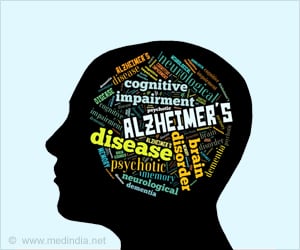Neuroinflammation in the brain and glial cells can be potently attenuated by a small novel molecule that thereby representing a promising new approach to treat neuroinflammatory diseases.

‘Neuroinflammation in the brain and glial cells can be potently attenuated by a small novel molecule called SRI-42127. This may, in turn, represent a promising new approach to treat neurological diseases that are driven through inflammation like stroke, spinal cord injury, and neuropathic pain.
’





“Microglia and astroglia are key cells in the central nervous system that — when activated — drive neuroinflammation by secreting toxic inflammatory mediators, including cytokines and chemokines,” says Peter King, M.D., and Burt Nabors, M.D., professors in the University of Alabama at Birmingham Department of Neurology. The cytokines and chemokines secreted by the activated microglia and astrocytes in the brain or spinal column are IL1β, IL-6, TNF-α, iNOS, CXCL1, and CCL2. The messenger RNAs for those pro-inflammatory signaling proteins contain adenine- and uridine-rich elements, or AREs, that govern their expression.
Neuroinflammatory Mechanism
The study team has shown previously that HuR, an RNA regulator protein that binds to AREs, plays a major positive role in regulating the inflammatory cytokine production, making it a major control point in neuroinflammation.
The HuR translocates out of the nucleus of astrocytes in the acute CNS diseases spinal column injury and stroke. The team had shown that it translocates out of the nucleus in microglia in the chronic CNS disease ALS or amyotrophic lateral sclerosis.
Advertisement
In support of this, the study experiments were done in glial cell cultures and mice to open the door to the testing of their small molecule drug, SRI-42127 in models of acute and chronic neurological injury.
Advertisement
It was found that treatment with SRI-42127 attenuated the triggers of neuroinflammation by reduced production of proinflammatory mediators, cytokines IL1β, IL-6, TNF-α, and iNOS, and the chemokines CXCL1 and CCL2.
Moreover, SRI-42127 also penetrated the blood-brain barrier to quickly suppress the neuroinflammatory responses.
“Our findings underscore HuR’s critical role in promoting glial activation and the potential for SRI-42127 and other HuR inhibitors to treat neurological diseases driven by this activation. This would be a non-opioid approach to treating pain,” say, King and Nabors.
Source-Medindia








